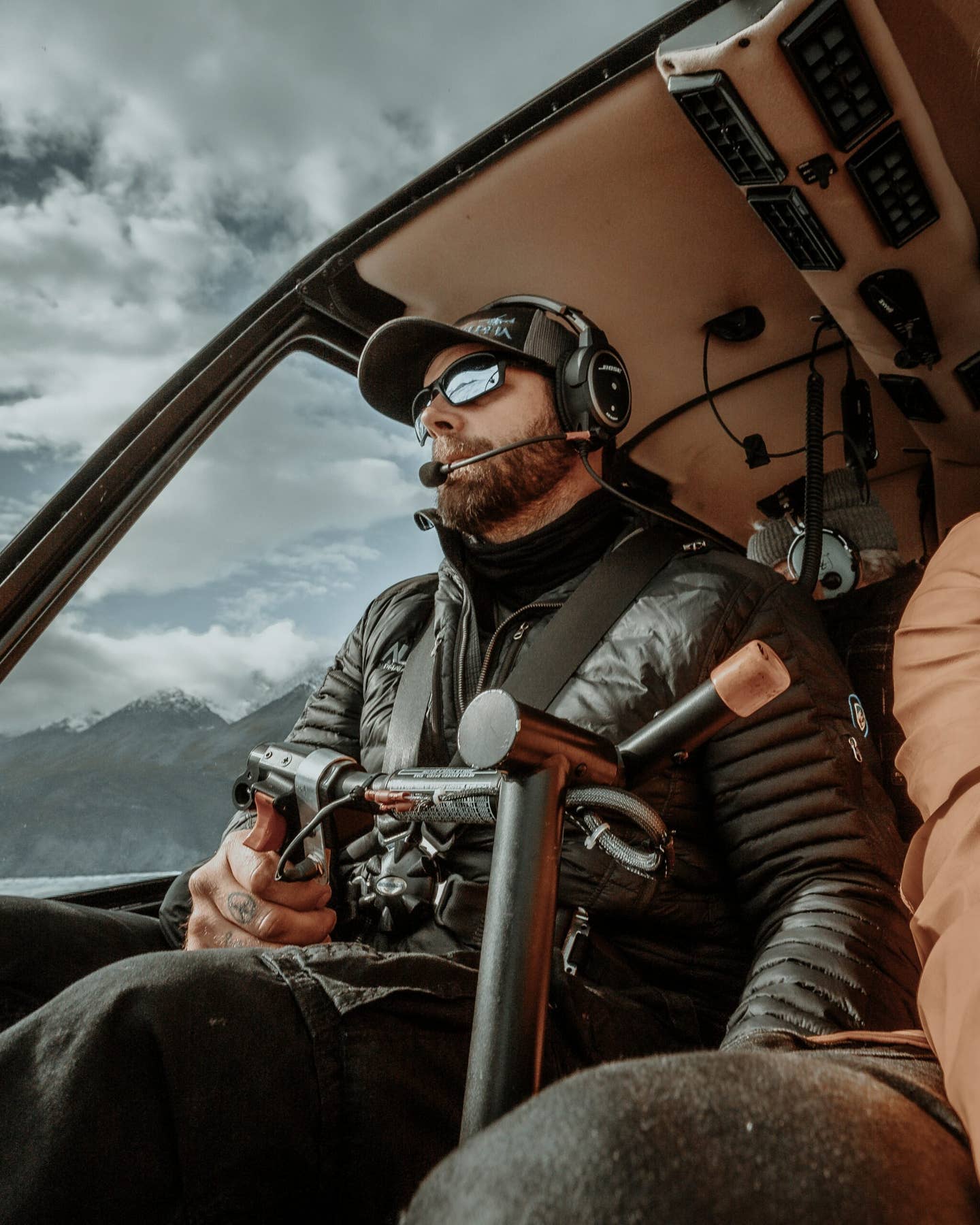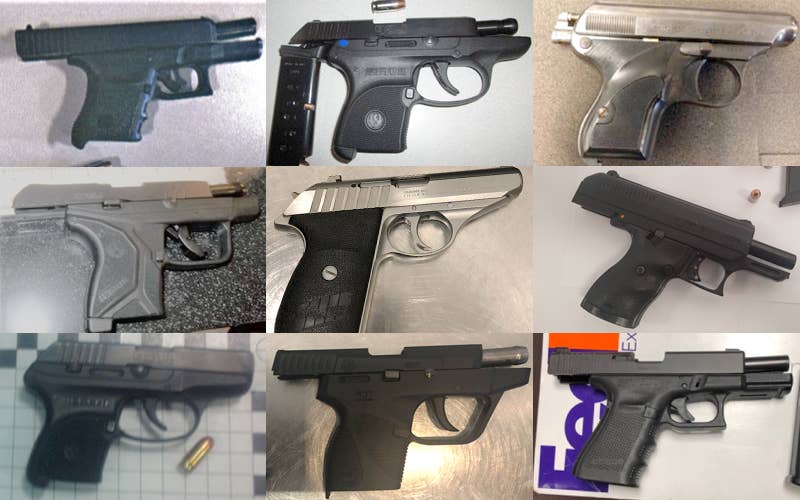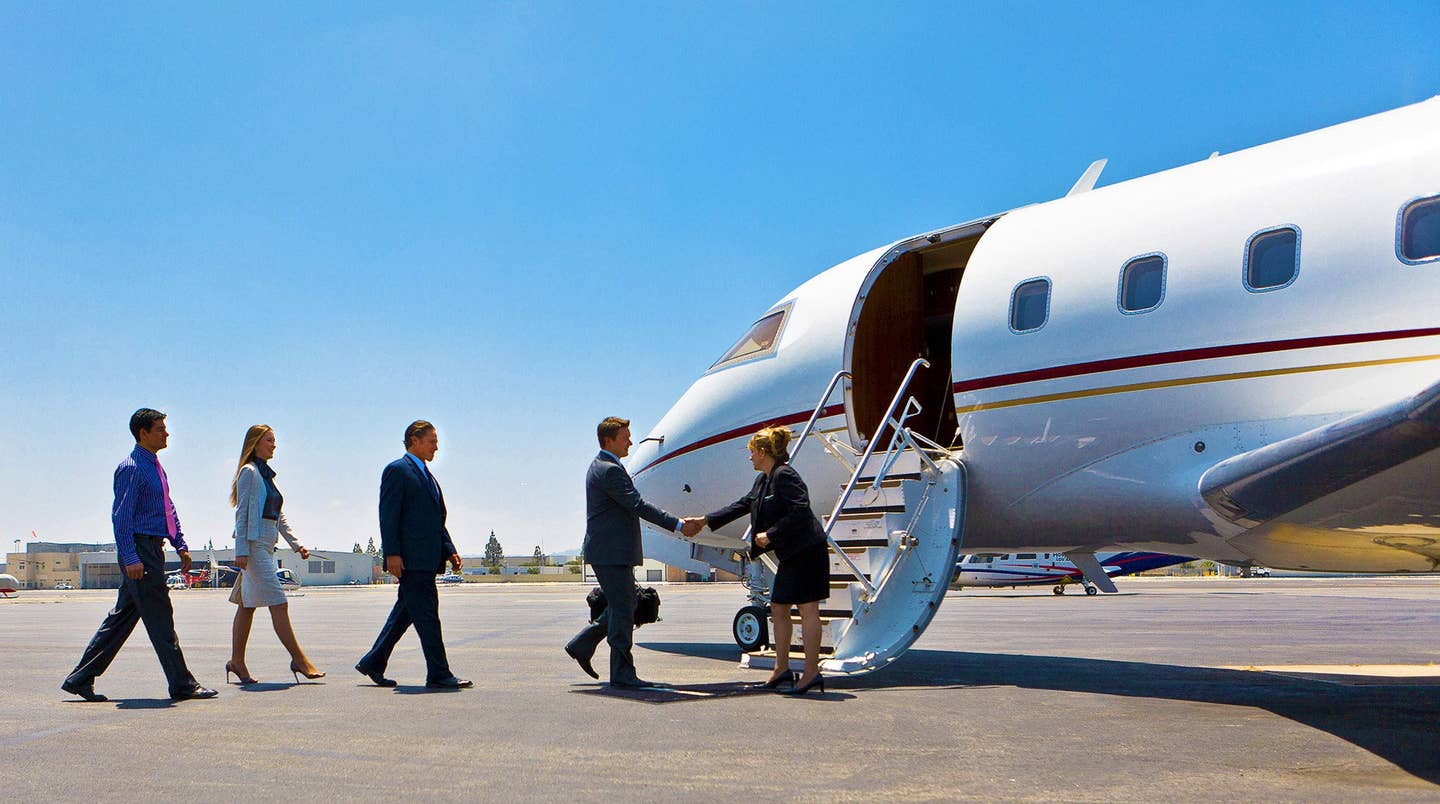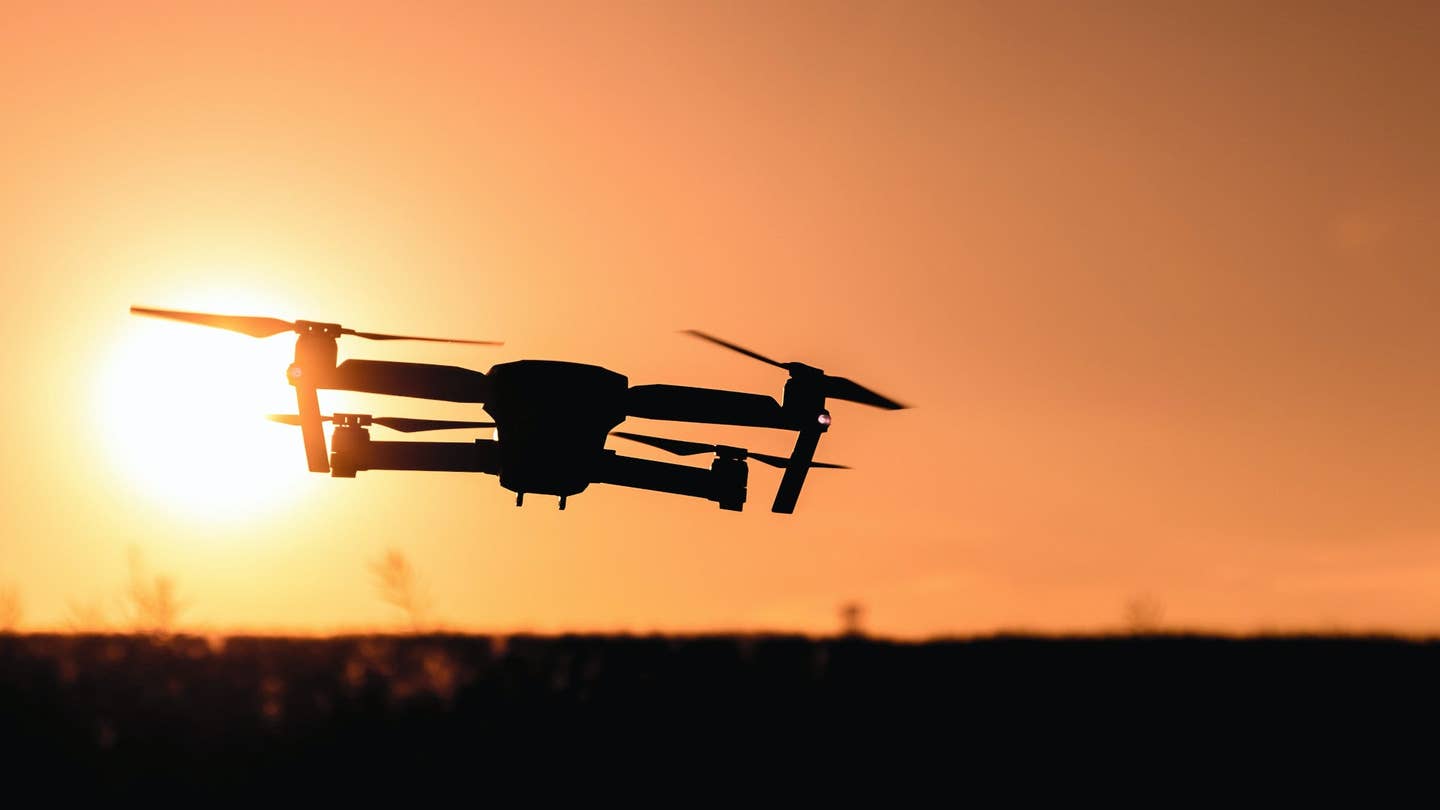
A career as a helicopter pilot can be demanding and rewarding for those looking to enter the field. [Credit: Unsplash]
When it comes to aircrafts, helicopters offer the greatest amount of flexibility and variety. From landing and hovering to vertical takeoff, helicopters can perform an array of tasks for both recreational and commercial purposes.
For instance, helicopters make it possible for workers to move quickly from one site to the next when working on construction projects, oil rigs, or ranches, among other project locations. Helicopters can land in more convenient places than airplanes and other aircraft because they don’t require runways or landing strips.
Commercially speaking, helicopters can also perform tasks that no other machine can successfully complete. Some examples include replacing telecom tower parts, installing industrial air conditioners on high-rise buildings, fighting fires from up above, and lifting via hooks.
As a transitioning fixed-wing pilot, learning how to fly a helicopter will add another skill set to your resume, which will allow you to experience new avenues of flight while polishing your pre-existing pilot skills. As a stand-alone rating, flying helicopters opens you up to endless possibilities. Let's take a look at the process of how to become a helicopter pilot!
Types of Helicopter Pilot Licenses
The two certificates we are going to focus on have been recognized as the building blocks of a successful helicopter pilot. In order to become a helicopter pilot, you will need to obtain a private helicopter license and a commercial helicopter pilot license.
Private Helicopter Pilot License
First and foremost, all aspiring pilots — whether previously licensed and transitioning or new to the industry altogether — must become acquainted with the Code of Federal Regulations. In particular, a very important part of the code is Title 14, Part 61, which details all pilot licenses and ratings. In addition, Subpart E is important as it describes the private pilot license in detail.
The private pilot license is for private use only, meaning with a private pilot license, pilots are not permitted to receive compensation for flying. An individual operating as a private pilot can fly without limitations and they must adhere to visual flight rules (VFR) as defined by CFR Title 14, §91.155.
The rules get a little harder to follow when a private pilot wants to begin charging for the trips they fly. However, while a private pilot can certainly fly passengers for work-related purposes, they cannot receive compensation because it is not permitted for pilots with private helicopter licenses alone.
Commercial Helicopter Pilot License
Like all licenses, a pilot with a commercial license can exercise all of the privileges of a private pilot. However, the main difference is that pilots with commercial licenses can be paid for their flights while private pilots cannot receive compensation. Even so, a commercial pilot must first hold a private pilot license before pursuing the commercial certificate.
A commercial helicopter pilot can start to receive compensation once they have completed their helicopter pilot training and earned their commercial slip. Some of the most common industries for commercial helicopter pilots are agricultural aerial application, law enforcement, firefighting, and air ambulance.
How to Choose a Helicopter Pilot School
Once you have decided to pursue helicopter pilot training, there are many questions to answer, like how much does a helicopter license cost? And where can you take helicopter flying lessons? These are valid questions to ask.
A helicopter license is expensive. In addition, helicopter rentals are upwards of $300 per flight hour for the aircraft alone, meaning you’ll want to make sure you choose aircrafts wisely.
You need to determine what kind of flight school you want to attend. If you are thinking of making a career out of flying, a Part 141 school or academy may be the best direction for you because professional curriculums and milestones are built into the courses.
This may also be the best route to take when you want to achieve your career goals in the shortest amount of time possible. However, these pilot schools are not always an excellent option for part-time students.
Instead, look into Part 61 schools because they are less rigid and they afford greater flexibility. Also, unlike a Part 141 school, you have more variety when it comes to selecting an instructor. You’ll also have more luck finding the right school for you because Part 61 flight training can be learned at most airports.
Here are some of the most critical features to consider when looking for a helicopter pilot school:
- Experienced instructor staff. When you learn to fly a helicopter, you’ll likely start out by flying either a Robinson R22 or R44, both of which are entirely controlled manually. It takes a delicate touch and a cool head in order to master stick-and-rotor flying.
- Equipment. Make sure their aircrafts are in good shape. While the aircraft might have a fresh coat of shiny paint, make sure you take a closer look and ask about the specs of the aircrafts at that particular school.
- Reviews. With the help of Yelp and Google Reviews, you can find reviews for just about any company, service, or provider all over the world. Use these platforms to your advantage by looking up schools you’re considering attending for flying lessons. From there, you can find out if the helicopter flying schools you are looking into have reputable reviews or if you should pass on the school and move on to others.
How Long Does it Take to Get a Helicopter Pilot License?
This is perhaps the oldest question in the book, and unfortunately, there is no definitive answer. The private pilot license requires that you have a minimum of 40 hours of total flight time under your belt, including three hours of cross-country flying, ten hours of solo flying, and a few other requirements.
You’ll also have to factor in the weather. Are you in the always-sunny Southwest of the United States where it’s safe to fly 360 days per year? If not, you will undoubtedly face weather delays along the way unless you can pay a lump sum for a month or two of straight flying.
You’d also need to have a way to line up instructors so that you can fly as much as possible. If you can schedule your time wisely, you might just complete your helicopter pilot license flight requirements sooner than later. In general, how long it takes you to complete your flight hours is entirely dependent upon your funds, your schedule, the weather, and the availability of aircrafts.
In some cases, minimum hour requirements are reduced for some Part 141 programs due to the structured and controlled nature of the coursework. Consistency is vital for people who want to become pilots, so Part 141 programs are amazing.
How Much Does it Cost to Get a Helicopter Pilot License?
It’s hard to say how much it costs to get a helicopter pilot license because the total price can differ drastically. However, here are some of the typical price ranges for helicopters and licenses alike.
- Robinson R22 helicopters can be rented for anywhere from $265 per hour to $295 hourly.
- The private pilot license costs anywhere from $40 to $50 per hour, and there is a minimum requirement of 30 hours of dual instruction as well as 20 hours of ground school. Collectively, the license and hours of flight time add up to about $2,500 or so.
These prices are not universal nor are they fixed. Aircraft fees rise and fall in response to inflation, as do fuel costs. Also, most people do not complete their license time early, so it’s best to prepare yourself to spend more than you might have originally expected.
How Much Does it Cost to Fly a Helicopter Per Hour?
Helicopters are considerably more complex to fly and maintain than a comparable airplane. They also require more horsepower than other aircrafts. Helicopters tend to use one-and-a-half times more than airplanes of similar weights.
More horsepower means greater fuel consumption, meaning you’ll have to refill the fuel tanks more frequently, ultimately resulting in more money spent on gas. So fuel accounts for a decent percentage of the overall costs of helicopters.
Rental prices for the R22 are usually anywhere from $260 to $300 or more per hour. If you think about it, those prices are nearly triple the hourly rate of a two-seat airplane like the Cessna 152 which tends to cost less than $100 per hour. If and when you begin flying a small turbine helicopter like the R66, you can expect the hourly cost to approach about $1,000 per hour.
Types of Helicopter Pilot Jobs
There are many different commercial helicopter pilot jobs, which is great news for pilots who are interested in having variety in their careers.
Entry Level Helicopter Pilot Jobs
The classic entry-level flying job is that of a certified flight instructor (CFI). The requirements to apply for the position of CFI are relatively minimal, demand for CFIs is often high, and the position allows you to build your resume of hours reasonably quickly.
However, helicopters are much less forgiving than fixed-wing aircrafts, which is not always the best for less experienced commercial pilots who are still learning how to master the basics of flying. Even so, there are not a lot of pilots interested in being career CFIs, so there is a lot of turnover.
Agricultural aerial application is another area where young commercial pilots can find work. There is a shortage of pilots in the field of agricultural aerial application, meaning it’s easy to get hired in this line of work.
However, keep in mind that the work is very grueling. It’s genuinely hard work. Most people start out as field hands to check character and work ethic, so don't expect to slide right into the cockpit as a rookie pilot.
Intermediate Level Helicopter Pilot Jobs
Going right back to agriculture and all levels of commercial flying, intermediate pilots can expect to start out in the cockpit. They often bring on experienced seasonal help, too.
Although law enforcement agencies are in the intermediate category, they may not be the right fit for all pilots since you need to be a sworn-in law enforcement officer first. However, Indeed has shown that 1,000 hours is a pretty consistent requirement for LEO pilot positions.
Helicopter air tours are trendy in tourist areas like Florida and Hawaii. They are intermediate positions, and these jobs are often in search of commercial pilots with somewhere between 1,000 to 1,500 hours of flight time.
Advanced Helicopter Pilot Jobs
The highest paying helicopter pilot jobs are the most competitive. The most common advanced helicopter job is an air ambulance pilot. With an average requirement of 2,000 to 2,500 hours of recorded flight time. Also, air ambulance pilots are in high demand so there are often numerous job postings open at any given time.
Offshore pilot positions are advanced jobs that are also some of the highest paying jobs. The 1,500-hour requirement for offshore pilot positions is not as outlandish as it may seem either. Even so, the common requirement for prior offshore experience, instrument rating, and airline transport pilot (ATP) rating is substantial enough to place this job in the advanced section.
Start Flying Today!
For pilots who are in search of an exciting career track, life as a commercial helicopter pilot is the way to go. Helicopter pilots are paid well, each day is always different, and there’s no need to worry about jet lag.
FLYING Magazine is your go-to source for information on how to take the first step after realizing your dream of becoming a helicopter pilot. Keep in touch for more insight and advice on how to become a helicopter pilot and fulfill your dreams!

Subscribe to Our Newsletter
Get the latest FLYING stories delivered directly to your inbox






